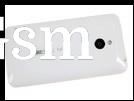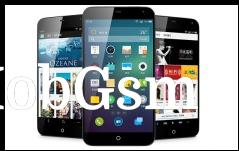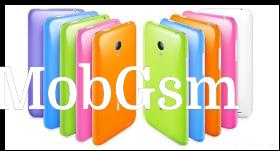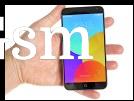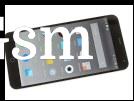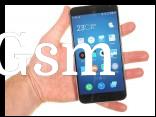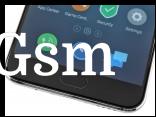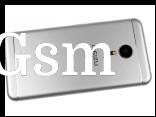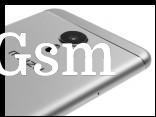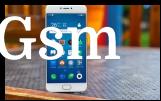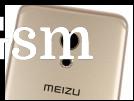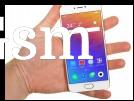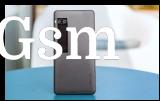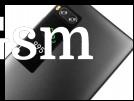Flashback: A look back at Meizu's dual screen and no-button phones

Meizu has had an interesting history and after several turbulent years it pulled out of the smartphone market. Now that it is under the wing of car-maker Geely, the company is poised to make its return with the launch of the Meizu 20 series on March 30. As that’s still a couple of weeks out, let’s have a look back at Meizu’s most interesting phones while we wait.

The company was founded in 2003 and initially made MP3 players. Its first phone was unveiled in January 2007. It was dubbed the Meizu M8 and it ran “Mymobile” software based on Windows CE 6.0. However, getting the phone to market proved to be a huge issue. Meizu brought the M8 to CeBIT in March 2008, over a year after first announcing it, and it was still in a prototype stage with barely working software. But that was only the beginning of the M8’s woes.
According to Apple’s lawyers, it bore more than a passing resemblance to the iPhone. After an emergency redesign the phone also changed its name to the “miniOne”. The litigation battle continued and M8 production was eventually halted in 2010 and all sales were banned.
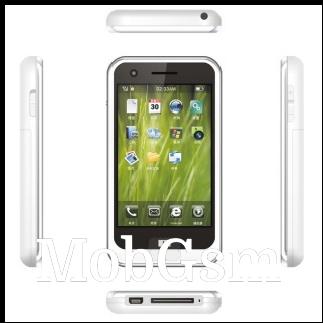
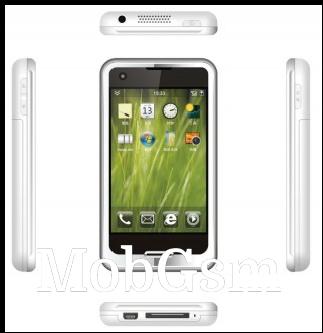
Meizu M8: original design • redesign (image source)
The Meizu M9 launched in early 2011 and it was the company’s first Android phone. This model was powered by the Samsung Hummingbird chipset, a year after the original Galaxy S used it. This was only the beginning of Meizu’s relationship with Samsung.
This was followed by the Meizu MX, which was also the first official outing of the heavily customized Android skin known as “Flyme OS”. The MX also used an Exynos chip and featured a sharp 4.0” qHD display. Meizu was still openly borrowing from Apple’s designs as we noted in our review.
Skipping over to the Meizu MX3, its claim to fame was that it was the first smartphone with 128GB of built in storage. That was a lot for 2013. And if you’ll allow us a small detour, flagships 10 years later should have more than 128GB base storage – there, we said it. By the way, this phone used the Exynos 5410 Octa (aka the Galaxy S4 chipset). Meizu was arguably the biggest Exynos client outside of Samsung itself.
The company opened up to new suppliers and the Meizu MX4 from late 2014 was its first to use a MediaTek chipset. It had an eye-catching 5.36” bezel-less display (on the sides, at least), offered great battery life and audio quality, the 20.7MP camera was solid too.
At this point Meizu’s key issue was that its phones were relatively unknown outside of China at a time when the likes of Xiaomi and OnePlus were expanding rapidly.
2014’s Meizu M1 Note is also worthy of attention, this was the first of the affordable Note series. Despite its relatively weak MediaTek MT6762 chipset that only had Cortex-A53 cores, the 5.5” 1080p display used a fancy IGZO panel (though its quality wasn’t as good as on Sharp phones).
Okay, we’ll skip to the really good stuff. The Meizu Pro 5 was an enviable flagship – its metal unibody was sleek, as was the 2.5D Gorilla Glass on the front that sat above the 5.7” AMOLED display (1080p).
This phone was powered by the Exynos 7420 Octa. A few months earlier Samsung launched its Galaxy S6 with that exact chip and only that chip (Qualcomm was having a moment in 2015). The Sony-made 16MP camera senor on the back boasted OIS and produced impressive images. We concluded our review by saying that the Meizu Pro 5 was an easy phone to recommend, if only people could actually buy one – Meizu’s distribution network was still severely lacking compared to its competition.
Then in 2016 came the Meizu Pro 6. It was smaller than its predecessor with a 5.2” Super AMOLED display but no less premium (metal body, Gorilla Glass 4, 3D Touch, you name it). However, the reason we remember this model is different – it was one of very few phones that used MediaTek’s Helio X25, a rare chipset with a 10-core CPU.
The three-cluster design had two Cortex-A72 (2.5GHz), four A53 (2.0GHz) and four more A53 (1.4GHz). This beat most Android phones in multi-core benchmarks, though not all (notably the Galaxy S7 edge and Huawei P9 edged it out in our testing, even if only just). The Mali-T880 MP4 GPU underperformed in comparison, however.
The Helio X20 was an earlier 10-core design (same hardware, but the A72 pair ran at 2.3GHz) and a few months later Meizu used it in the more affordable MX6. There was also the Meizu Pro 6 Plus after that, which switched over to the Exynos 8890 Octa, the same chipset as the Galaxy S7 used earlier in 2016. The Plus featured a 5.7” QHD display (also with 3D touch).




Meizu MX6 and Meizu Pro 6 Plus
Meizu always had a tendency for out of the box thinking, at least when it wasn’t trying to copy the iPhone. The Meizu Pro 7 and Pro 7 Plus launched in mid-2017 and besides having 5.2” FHD and 5.7” QHD Super AMOLED displays on the front, respectively, they also had 2” AMOLED displays on their backs (240 x 536px).
We’ve seen quite a few gaming phones feature a secondary rear display since then as well as phones like the Xiaomi Mi 11 Ultra. This display could work as a viewfinder when taking selfies with the main cam, but unfortunately it lacked Always On functionality.
The Pro 7 high edition and the Plus used the Helio X30, the last of the X-series and MediaTek’s last attempt at a 10-core CPU. The base Pro 7 featured a Helio P25 instead (8-core CPU). The Pro 7 series was also the first time Meizu brought a dual-camera, though it was a color+monochrome combo rather than an ultra wide or telephoto lens.
Meizu continued churning out interesting designs over the years, but the company never grew as big and as popular as some of its compatriots. It eventually wound down operations, releasing a new phone every now and then. Before we wrap up, we wanted to mention one interesting prototype – the Meizu Zero.




The Meizu Zero prototype never saw a commercial release
Can you guess why it’s called that? It had exactly zero buttons, speakers or charging ports. The side buttons were replaced by capacitive sensors, the speaker used a piezoelectric transducer, the battery was charged over a proprietary 18W wireless system, data transfers were done over cell networks and Wi-Fi.
None of that was unseen previously, e.g. the HTC U12+ did away with the side buttons, Sharp and Xiaomi had had piezo speakers, wireless charging was pretty well established in 2019. However, this was the first phone to combine all these in one place while simultaneously throwing away all moving parts.
With Apple’s grumbling about putting a USB-C port on its iPhones, many speculate that it want to drop the wired charging port altogether. This is hardly a new speculation, we’ve been hearing some version of this rumor for years now. But if it actually does it, this will be a rare opportunity for Meizu to say “we did it first”.
Whatever happened with the Meizu Zero? It started off great, winning an iF Gold Award for its “non-porous” design (Google’s Pixel 4 and 4 XL also picked up Gold awards that year). However, things came crashing down just weeks later – Meizu was using a crowd-funding campaign on Indiegogo to try and promote the phone and it set a modest goal of $100,000.
After two months of campaigning, the phone had just 29 backers, only 24 of which actually pre-ordered the phone at the, let’s say ambitious, price of $1,300. Someone picked up the single “Pioneering Unit” at $3,000, though we can’t promise that said someone wasn’t working at Meizu at the time. Even with the super low funding goal that wasn’t enough and the very muted interest led the company to cancel the project altogether.
Meizu never lacked ambition and when it was doing its own thing, it produced some truly unique designs. We’re not saying that all of them were good, but they were unique.
We hope that the company keeps the same spirit and that it expands to more markets – with Geely’s financial backing and worldwide retail footprint, it seems to want to do just that. Geely’s interest go beyond diversifying its portfolio, Meizu is working on an infotainment software dubbed FlymeAuto, which will promote vertical integration in the Geely family of products.
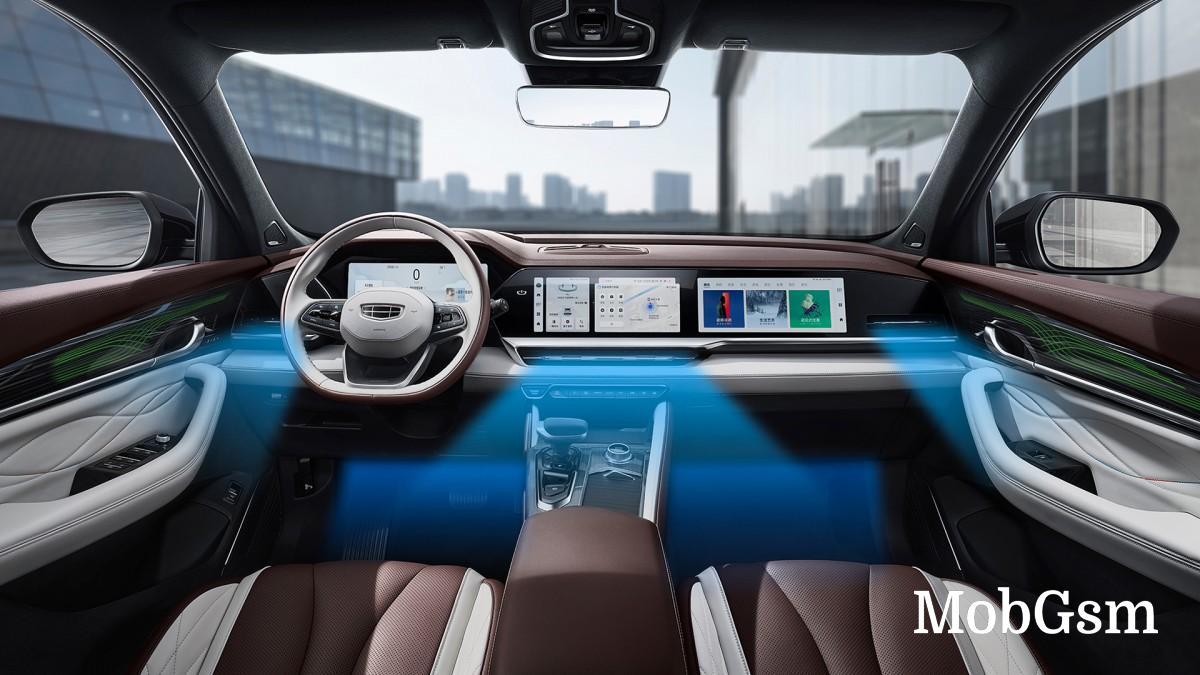
Which is your favorite Meizu deign – one of the phones we mentioned above or one of the ones we skipped? And do you think that the Zero concept had merit or that it was just a gimmick?




